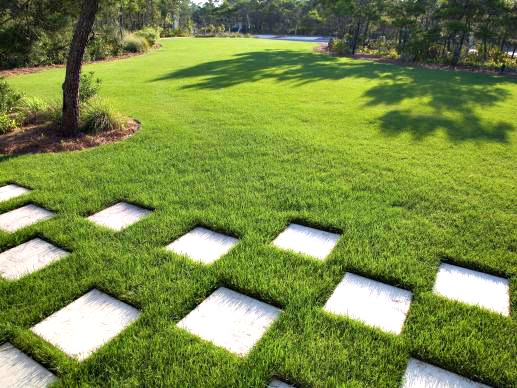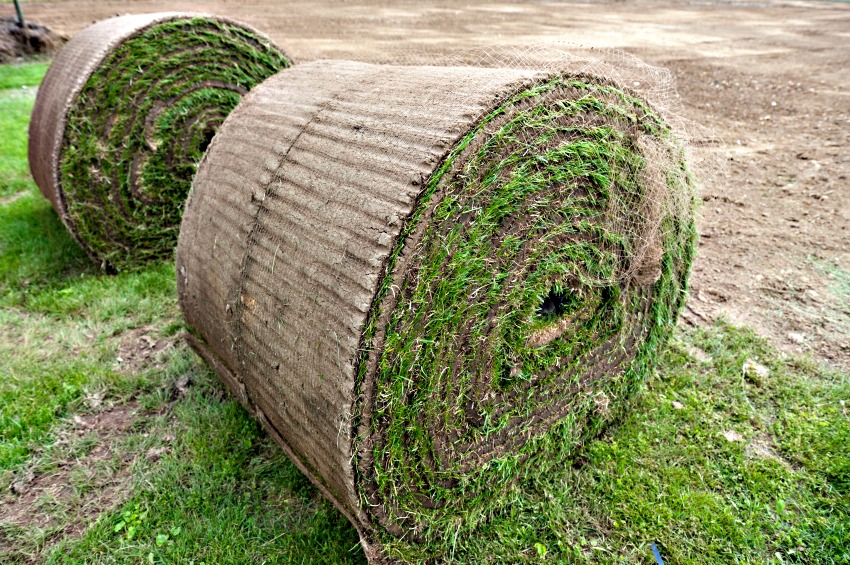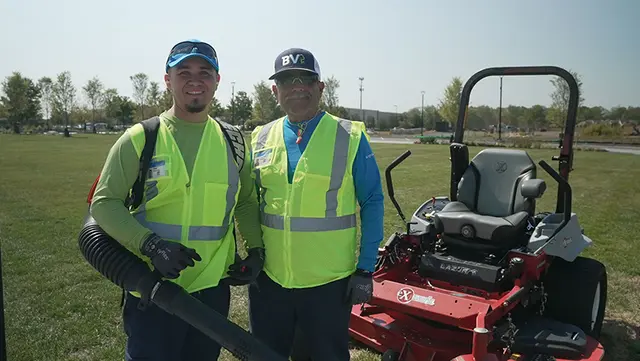
Don’t Hate Turf. Renovate.
When your lawn looks to be on its last leg, it may be time for a renovation
Poor soil conditions, thatch accumulation, diseases, insects, and weeds can make it tough for turf to reach its full potential. While there are plenty of options for addressing these issues, sometimes the extent is too severe to be remedied. When it becomes clear your turf can’t be nursed back to health, it’s time to consider renovation.

What is Turf Renovation?
Turf renovation corrects the cause of trouble and re-establishes turf in a way that promotes good health. Turf renovation can include reseeding bare spots, over-seeding thin areas, or re-establishing the entire lawn. In the case of the latter, existing vegetation in the affected area is killed. The area is then reseeded or new sod is laid. This option is recommended when at least 50 percent of a lawn has been overcome by weeds or undesirable grass species.
When Should I Renovate?
Late summer (between Aug. 15 and Sept. 15) generally yields the best results. The key is to ensure you renovate early enough to provide the grass time to become well established prior to the cold weather. This will ensure your new turf is prepared for winter survival.
What About Lime?
In addition to being an important component of a regularly executed maintenance program, lime is also sometimes used in the renovation process. A compound of calcium or calcium magnesium, lime is a soil conditioner that can counteract the harmful effects of acid soil. Acid soils have low calcium and magnesium content, which in turn, can cause other nutrients to be unavailable to plants. Lime corrects this and promotes favorable soil structure by increasing bacterial activity. When seeding a lawn, lime application may accompany aeration to normalize pH balance.

When is the Right Time for Lime?
Applications can be made on an established lawn at any time during the year, though fall, winter, and early spring are most favorable, in that order. A soil test can determine just how much lime should be applied. Light, sandy soils require less lime than soils high in silt and clay.



